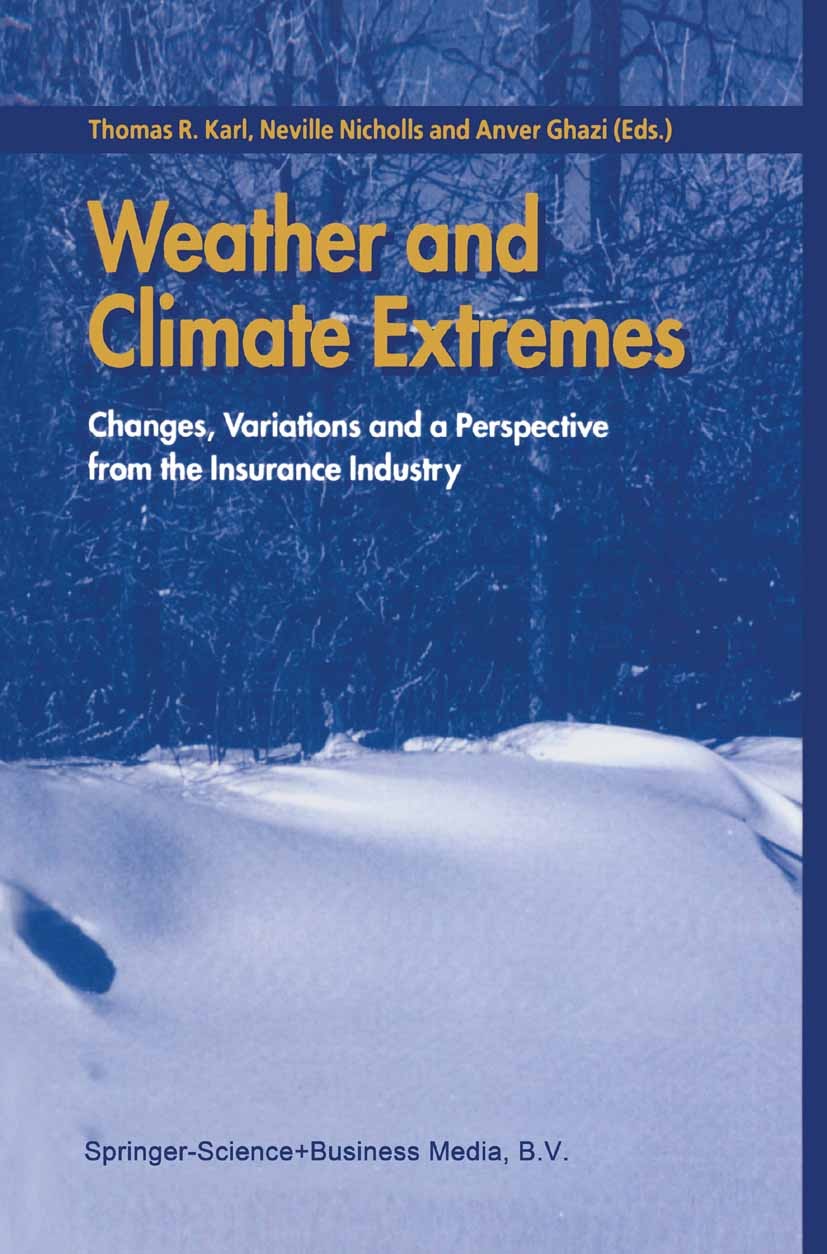Anthropogenic influence has intensified the severity of summer compound hot and drought events over xinjiang, China
IF 6.9
1区 地球科学
Q1 METEOROLOGY & ATMOSPHERIC SCIENCES
引用次数: 0
Abstract
Compared with individual hot or drought extremes, compound hot and drought events (CHDEs) usually cause more disastrous socio-economic damage. Thus, understanding the change of CHDEs in the context of global warming is crucial for effective adaptation and mitigation strategies. This article, based on the CN05.1 gridded dataset and 33 Coupled Model Intercomparison Project Phase 6 (CMIP6) model simulations, examines the change in summer (June–July–August) CHDEs over Xinjiang, China from 1961 to 2020 and assesses the contribution of human influence using the optimal fingerprint method. The observational results show a significant upward trend in the severity of CHDEs over Xinjiang, among which the change in moderate CHDEs shows a dominant contribution. The CMIP6 multi-model ensemble mean simulation with all forcing generally matches the observation in the change of CHDEs over Xinjiang. Moreover, anthropogenic and natural forcings can be detected and separated from each other, with human activities contributing most to the CHDE change. Furthermore, the three-signal analysis of model responses to greenhouse gas, anthropogenic aerosol, and natural forcings indicates that the greenhouse gas forcing is primary to the increased severity of CHDEs in Xinjiang, while the influence of anthropogenic aerosol forcing cannot be detected.
人为影响加剧了新疆夏季复合干热事件的严重程度
与个别极端炎热或干旱事件相比,复合干旱事件通常造成更严重的社会经济损失。因此,了解全球变暖背景下chde的变化对于制定有效的适应和减缓战略至关重要。基于CN05.1网格化数据和33耦合模式比对项目第6阶段(CMIP6)模式模拟,研究了1961 - 2020年中国新疆夏季(6 - 7 - 8月)CHDEs的变化,并利用最优指纹法评估了人为影响的贡献。观测结果显示,新疆CHDEs的严重程度呈明显上升趋势,其中以中度CHDEs的变化占主导地位。CMIP6多模式综合平均模拟结果与新疆地区chde变化的观测值基本吻合。此外,可以检测到人为强迫和自然强迫,并将它们相互区分开来,其中人类活动对CHDE变化的贡献最大。此外,模式对温室气体、人为气溶胶和自然强迫的三信号响应分析表明,温室气体强迫是导致新疆CHDEs严重程度增加的主要原因,而人为气溶胶强迫的影响未被检测到。
本文章由计算机程序翻译,如有差异,请以英文原文为准。
求助全文
约1分钟内获得全文
求助全文
来源期刊

Weather and Climate Extremes
Earth and Planetary Sciences-Atmospheric Science
CiteScore
11.00
自引率
7.50%
发文量
102
审稿时长
33 weeks
期刊介绍:
Weather and Climate Extremes
Target Audience:
Academics
Decision makers
International development agencies
Non-governmental organizations (NGOs)
Civil society
Focus Areas:
Research in weather and climate extremes
Monitoring and early warning systems
Assessment of vulnerability and impacts
Developing and implementing intervention policies
Effective risk management and adaptation practices
Engagement of local communities in adopting coping strategies
Information and communication strategies tailored to local and regional needs and circumstances
 求助内容:
求助内容: 应助结果提醒方式:
应助结果提醒方式:


